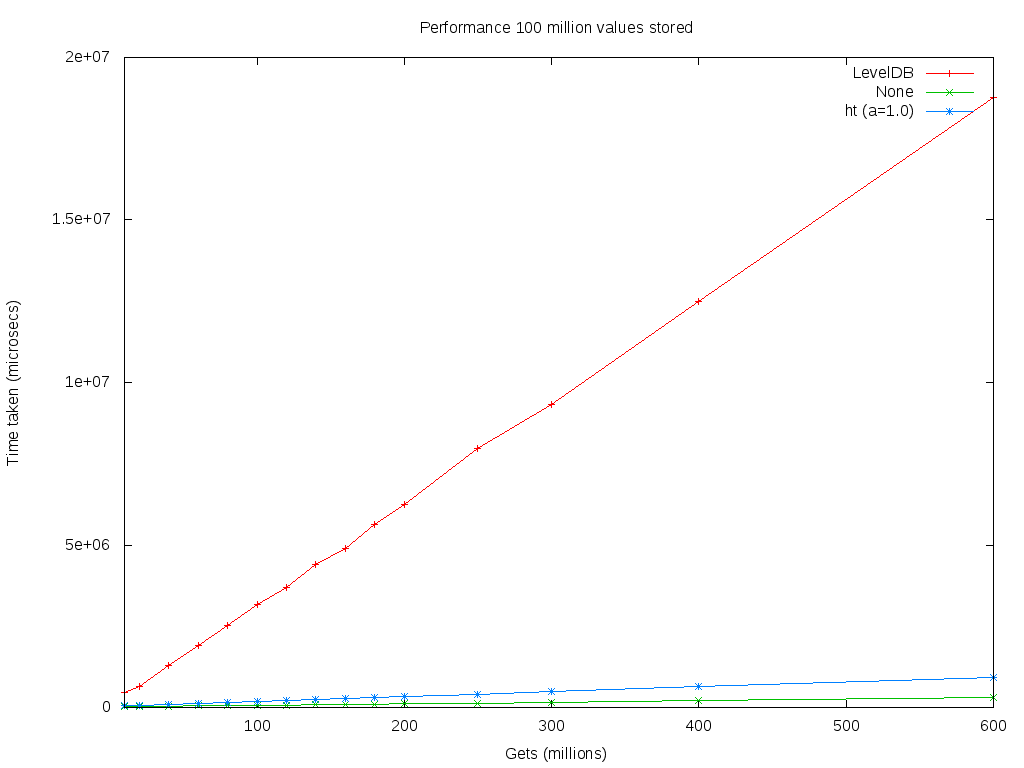Libbitcoin Blockchain
The libbitcoin-blockchain library is a dependency of libbitcoin-node and libbitcoin-server. It was originally contained within libbitcoin.
Example
#include <string>
#include <bitcoin/blockchain.hpp>
// Initialize the blockchain
int main(int argc, char* argv[])
{
std::string prefix("blockchain");
if (argc > 1)
prefix = argv[1];
bc::chain::initialize_blockchain(prefix);
bc::chain::db_paths paths(prefix);
constexpr size_t history_height = 0;
bc::chain::db_interface interface(paths, { history_height });
interface.start();
const auto genesis = bc::genesis_block();
interface.push(genesis);
return 0;
}
Design
The original implementation used LevelDB. Following a redesign in late 2014 by Amir Taaki (genjix) the database was replaced by a memory-mapped I/O implementation. Logical queries are performed using a set of hash tables. The number of hash buckets is optimized to minimize hash collisions, though collisions are accommodated. These changes resulted in a substantial performance increase for queries against the blockchain. Insert performance is was not materially affected and queries are near constant time.
Considerations
- There is no mechanical hard drive optimization. The implementation is intended for solid state drives (SSD).
- There is a possibility of index corruption during hard shutdown. There is no means of detecting corruption aside from catastrophic fault. However given that the entire blockchain is a cache this is not considered significant. Repair can be accomplished by re-synchronizing the blockchain.
- Data files are append only, with logical deletions only. Therefore file size is not minimized following blockchain reorganization although the impact is typically small. Defragmentation can be accomplished by re-synchronizing the blockchain.
- The database is effectively locked during write operations. As these operations are anticipated on a period of approximately ten minutes this is not typically significant. However during a period of catch-up synchronizing the server can become continuously unresponsive to requests.
Dependencies
- boost
- libsecp256k1
- libbitcoin-consensus (optional)

